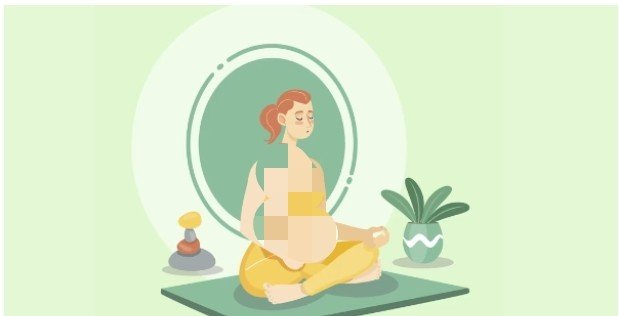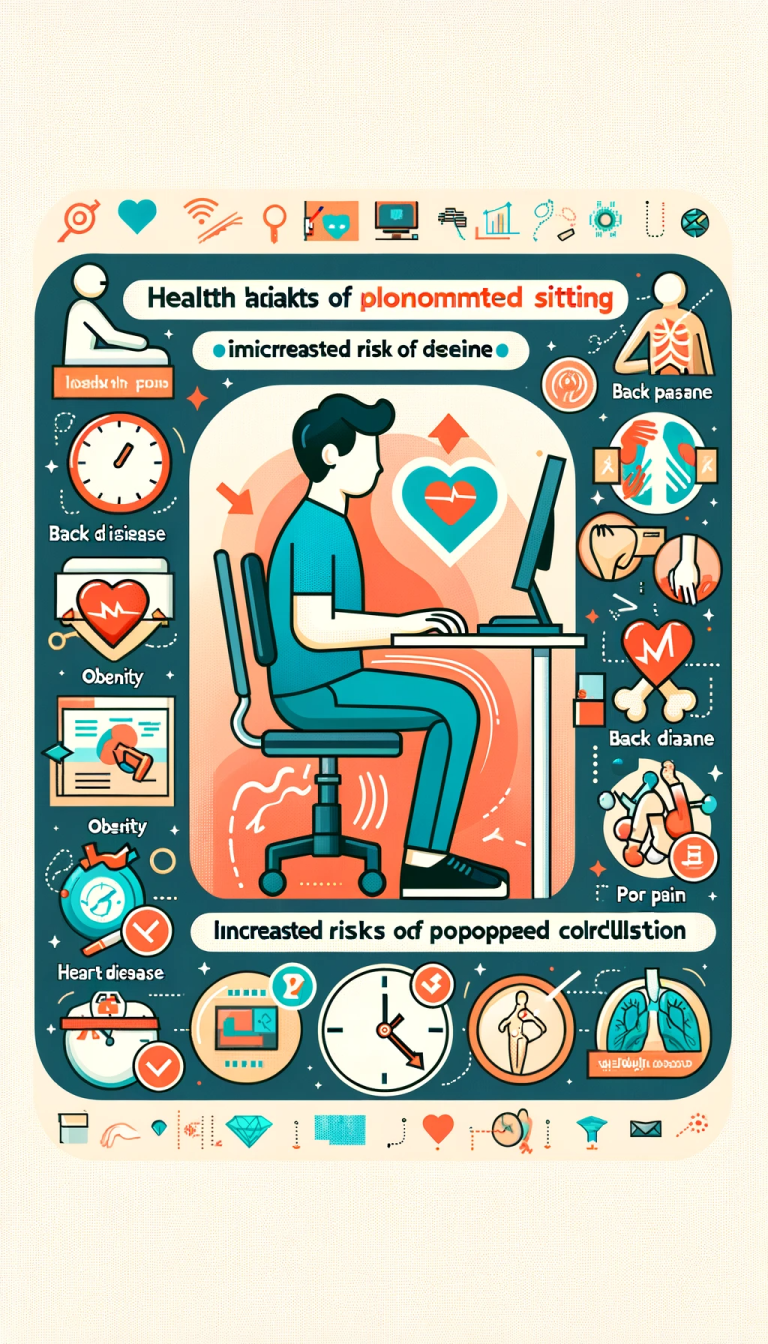How long do yeast infections last? Advice and treatment options
Yeast infections are a common concern affecting many people, especially women. Understanding the nature of yeast infections, their duration, and effective prevention strategies is essential. This comprehensive guide provides in-depth insights into the symptoms, duration, and treatment options for yeast infections, along with advice on distinguishing them from sexually transmitted infections (STIs) and tips for preventing recurrence.
What does a yeast infection look like?
A yeast infection, also known as candidiasis, is caused by an overgrowth of the fungus Candida, which naturally lives in your body. When the balance of this fungus is disrupted, it can lead to an infection characterized by several distinctive signs and symptoms.
Symptoms of Yeast Infections
The most common symptoms of a yeast infection include:
- Itching and irritation in the vaginal area
- Redness and swelling of the vulva
- Vaginal pain and soreness
- Vaginal rash
- Thick, white vaginal discharge that resembles cottage cheese
- Pain during intercourse or urination
Diagnosis of Yeast Infections
Diagnosing a yeast infection typically involves:
- Medical history review: Discussing symptoms and any previous yeast infections or STIs.
- Physical examination: Inspecting the external genital area for signs of infection.
- Lab tests: Taking a sample of vaginal discharge to identify the type of fungus causing the infection.
Proper diagnosis is essential to ensure the correct treatment approach, especially since the symptoms of a can yeast infection sometimes mimic those of other conditions, such as STIs.
Is it a yeast infection or STI?
Differentiating between a yeast infection and a sexually transmitted infection is crucial for effective treatment. Both conditions can have similar symptoms, but their treatments differ significantly.
Comparison of Symptoms
While both yeast infections and STIs can cause irritation, pain, and discharge, there are key differences:
- Yeast infections typically produce a white, thick, clumpy discharge with no odor.
- STIs, such as chlamydia or gonorrhea, often cause a watery or mucous-like discharge that can be yellow or green and may have a foul odor.
Importance of Accurate Diagnosis
Misdiagnosing these conditions can lead to ineffective treatment and potentially serious complications. If you’re unsure whether you have a yeast infection or an STI, it’s important to be evaluated by a healthcare professional who can conduct the appropriate tests and provide the right treatment. Best Bodyweight Exercises
How long does a yeast infection last?
The duration of a yeast infection varies depending on its severity and the treatment method used. Understanding the typical timeline and factors affecting the duration can help manage expectations and reduce discomfort.
Factors Influencing Duration
Several factors can influence how long a yeast infection lasts:
- Severity of the infection: More severe infections may take longer to treat.
- Type of treatment: Over-the-counter antifungal creams might resolve symptoms quicker than natural remedies.
- Individual health conditions: People with weakened immune systems or diabetes may experience longer-lasting infections.
Managing a Yeast Infection
To effectively manage a yeast infection, consider the following steps:
- Use all medication as directed: Even if symptoms improve, it’s important to complete the full course of treatment to prevent recurrence.
- Avoid irritants: During treatment, avoid products that could irritate the vaginal area, such as scented soaps or douches.
- Wear breathable clothing: This helps keep the area dry and reduces the conditions yeast needs to thrive.
Typical Duration of Yeast Infections
The duration of a yeast infection can vary, but typically, with proper treatment, symptoms start to improve within a few days. Understanding what to expect can help you better manage this uncomfortable condition.
Mild vs. Severe Infections
Mild yeast infections often clear up within three to seven days with over-the-counter or prescription antifungal treatment. Severe infections or recurrent yeast infections may require a longer course of treatment or more potent medications.
Impact of Treatment Choices
The choice of treatment—whether an over-the-counter cream, prescription medication, or home remedies—also affects the duration of symptoms. Prescription oral antifungals may act faster than topical creams but come with different side effects or drug interaction profiles that need to be considered.
Tips for avoiding recurring yeast infections
Preventing yeast infections begins with understanding the factors that contribute to its development. By modifying certain behaviors and making lifestyle adjustments, you can significantly reduce the risk of recurrence.
Lifestyle and Hygiene Tips
To help prevent yeast infections:
- Maintain good genital hygiene: Wash regularly and dry the area thoroughly.
- Choose the right clothing: Wear loose, breathable cotton underwear and avoid tight-fitting pants.
- Change out of wet clothes quickly: This includes swimsuits and gym clothes, which can provide a moist environment conducive to yeast growth.
Diet and Health Management
Certain dietary adjustments can help prevent the overgrowth of Candida:
- Reduce sugar intake: High levels of sugar in the diet can feed yeast.
- Incorporate probiotics: Foods like yogurt or supplements that contain live probiotics can help maintain a healthy balance of bacteria in the body.
When to Consult a Healthcare Provider
If you frequently experience yeast infections or if the infections continue to recur despite preventative measures, it’s important to consult a healthcare provider. There may be an underlying health issue contributing to the problem.
Summary
Yeast infections are a common health issue that can cause significant discomfort but are generally treatable with proper care. Understanding the symptoms, treatment options, and preventive measures can help you manage or avoid this condition effectively.







